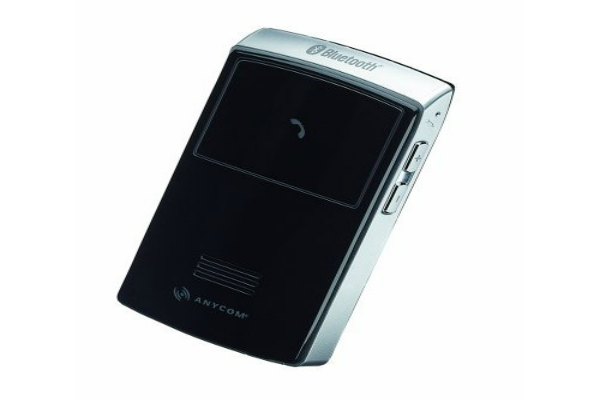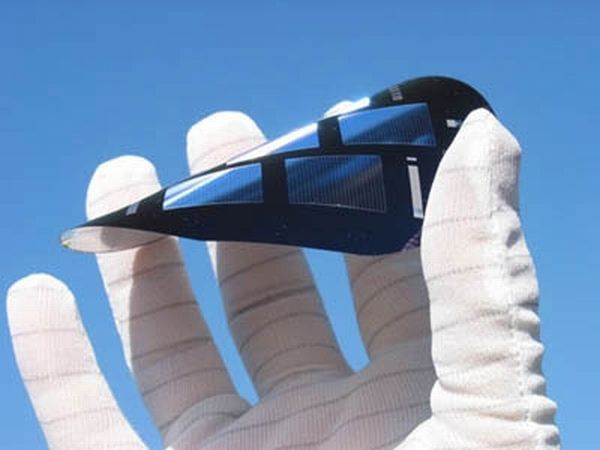The rural scenario
Many rural houses across the world still face severe energy crisis and are totally dependent on kerosene to fulfill their energy needs because of the lack of proper electricity grids in rural areas. On one side billions of us have access to modern technology but there are billions others who do not know anything about iPhone, internet and modern means of communication. For people living in big cities, it is tough to imagine life without these modern means of communications but for many rural areas, these technologies are still miles away because of lack of electricity. Around 1.5 billion people on this earth are still unable to access electricity; out of which 585 million are living in Africa and 404 million live in India. The ramifications of this energy poverty are not limited only to heating and cooking, instead it is affecting the overall development of the people living in these regions.
Solar power as a savior
People living in rural areas without access to electricity are highly dependent on solar power in order to meet their energy needs. And household solar systems are using solar energy to generate electricity in those areas where there is no local power plant. The best thing about solar energy is that it is free and clean and it has the potential to generate electricity to light remote and isolated homes that are still miles away from getting their local electricity grid. In many villages we have seen that solar energy has proved to be a viable option to provide electricity to homes which have no access to the national grid.
Key projects
1. Solar-powered clamshell PC
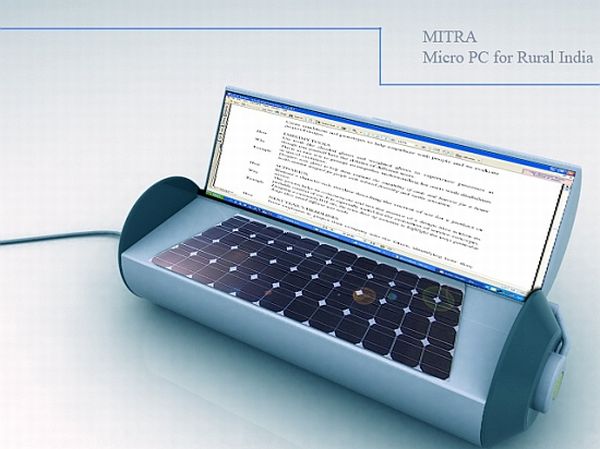
The designer: Yogesh
Indian industrial designer Yogesh deserves credit for developing a mini-PC concept named Mitra, which has the potential to change the life of rural people forever. This solar-powered mini-PC can be used for several useful purposes including teaching and medical help.
2. Solar Ear low-cost hearing aid
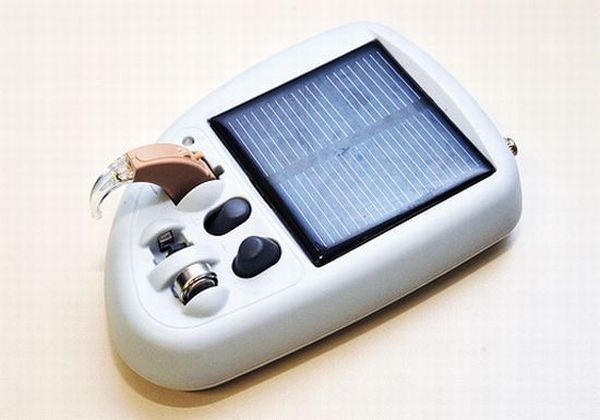
The designer: Howard Weinstein
This solar-powered low-cost hearing aid named Solar Ear can prove highly useful for hearing-impaired individuals living in remote rural areas. Weinstein’s device uses two rechargeable Ni-Mh 1600mAh batteries, which are charged using solar energy. The package includes a solar charger. The charger uses sunlight to charge the battery fully in about six to eight hours. Once charged, the battery lasts for about one week. The lifespan of these batteries is two to three years. Priced at around $100, this device has been designed especially for people living in rural areas. The price of the replacement battery is around $1.
3. Nokero’s solar-powered LED light bulb
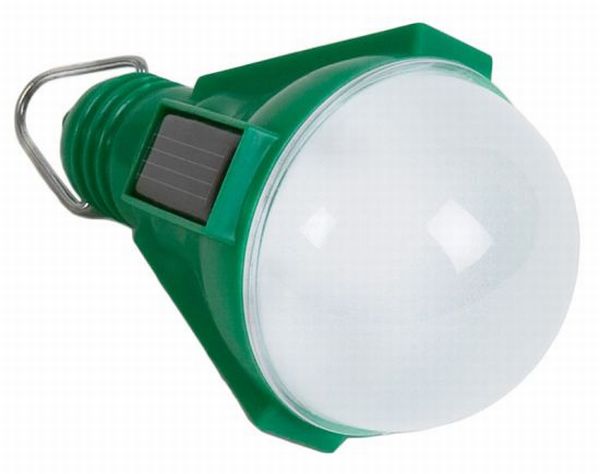
The developer: Nokero
Nokero has developed solar-powered LED light bulb, which is inexpensive and designed specifically for rural people. Dubbed N100, this bulb featuring four solar panels, and is world’s first solar-powered bulb. The rechargeable nickel metal hydride battery traps sunlight, which allows the bulb to glow for two hours. Priced at $15 if purchased one at a time, the company has said that in bulk this bulb will cost about $6 apiece.
4. LuminAID solar-powered inflatable lantern
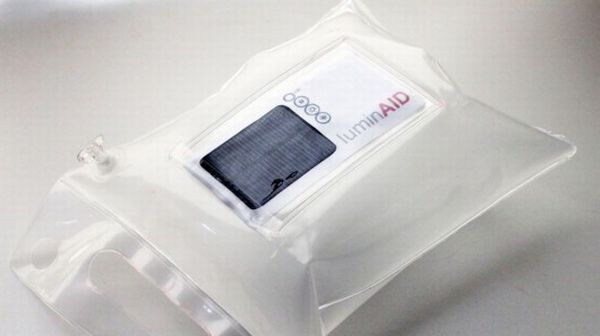
The designer: Anna Stork and Andrea Sreshta
The credit for designing a solar-powered inflatable lantern dubbed LuminAID goes to two Architecture graduates Anna Stork and Andrea Sreshta. This lightweight lantern can be used as an alternative to kerosene lamps in rural areas. Flexible, waterproof material, which is semi-transparent, is used to coat this lantern. Once charged, this solar-powered lantern can glow for four hours.
5. CyberSmart’s solar-powered interactive whiteboard
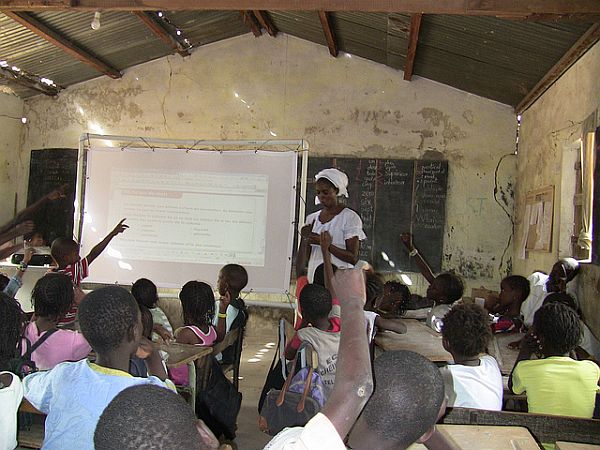
The developer: CyberSmart
CyberSmart Africa received funding from the United States Agency for International Development (USAID) to provide solar-powered interactive whiteboard to schools in remote African villages. One such school using this whiteboard is located in Dakar, Senegal. In Senegal, CyberSmart started its project in 2007.
What else can be done?
Most of us do not know much about energy poverty and it is mainly because this topic is not discussed very often unlike other energy challenges. But it is high time that we should address the issue of energy poverty because it can affect the global economy, environment, security and health of the people. It is possible to reduce energy poverty by tapping solar energy because sun’s energy is free and renewable.
Notable mention
The Solar Powered Internet School model was launched by Samsung Africa at its Engineering Academy in Boksburg, Gauteng. This project has been designed specifically for the benefits of people living in areas without electricity.



